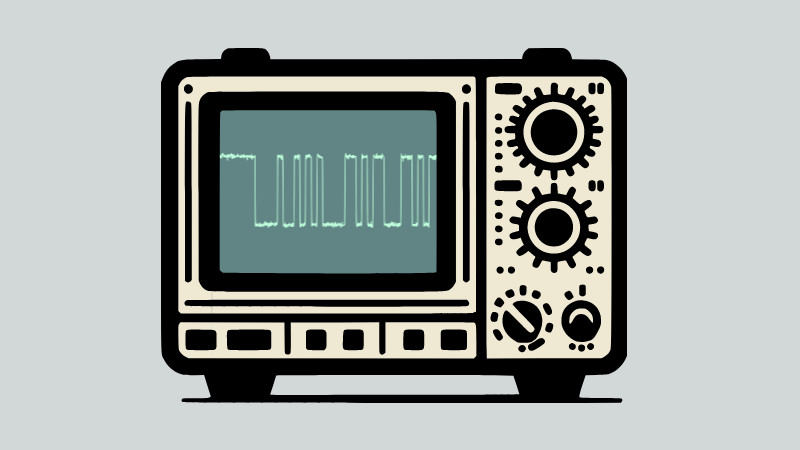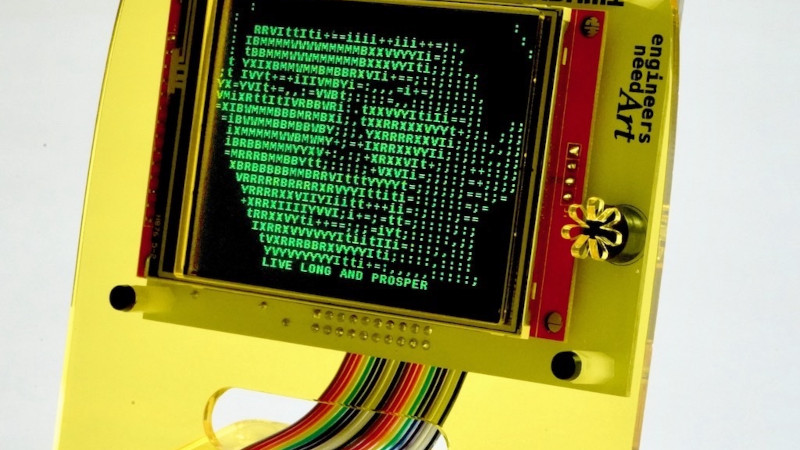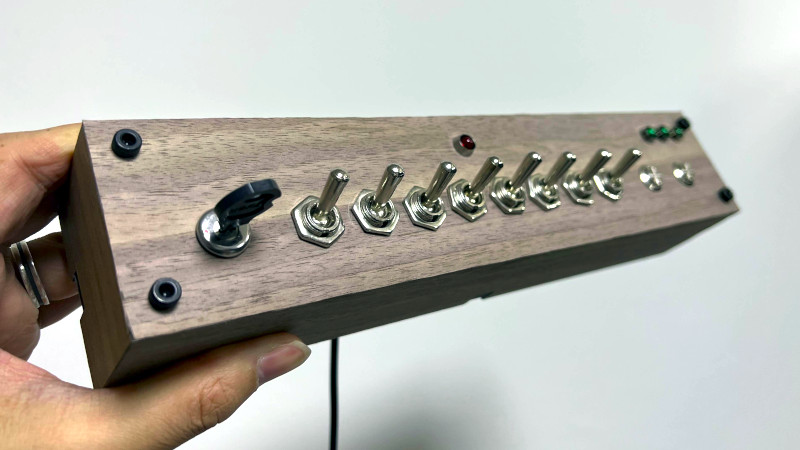Nice PDF, But Can It Run DOOM? Yup!

DOOM is a classic game to implement on a variety of platforms, but doompdf by [ading2210] is one we didn’t see coming. It runs a bit slow and controls are …read more Continue reading Nice PDF, But Can It Run DOOM? Yup!





